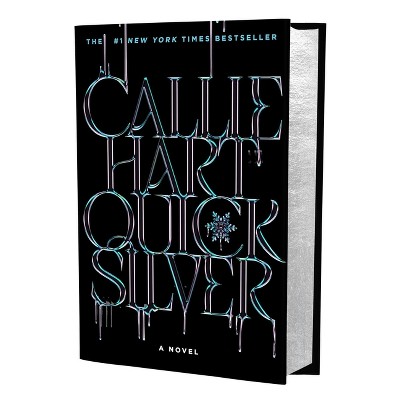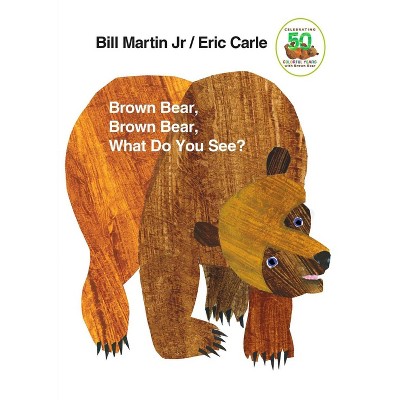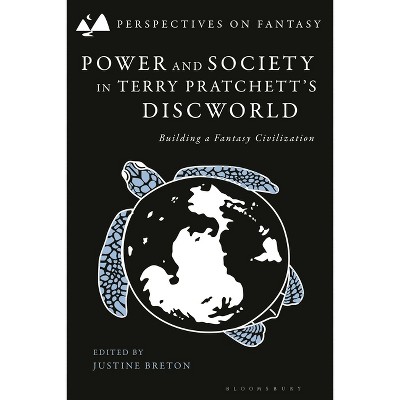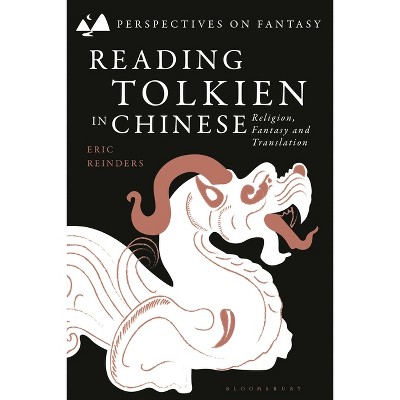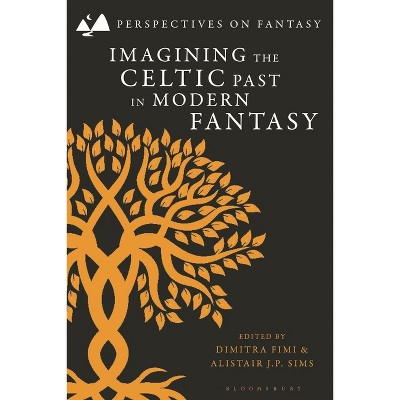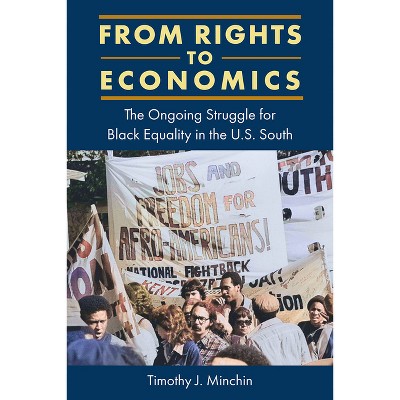William Hope Hodgson and the Rise of the Weird - (Perspectives on Fantasy) by Timothy S Murphy (Paperback)

About this item
Highlights
- The first comprehensive study of the works of William Hope Hodgson, one of the true innovators of Weird fiction, this book examines the Weird novels and stories upon which his posthumous reputation rests, his non-fantastic writing, identifiable literary influences, and the historical contexts in which he wrote.
- About the Author: Timothy S. Murphy is Houston-Truax-Wentz Professor & Regents Professor of English at Oklahoma State University, USA.
- 224 Pages
- Literary Criticism, European
- Series Name: Perspectives on Fantasy
Description
About the Book
"The first comprehensive study of the works of William Hope Hodgson, one of the true innovators of Weird fiction, this book digs into the Weird novels and stories upon which his posthumous reputation rests, his non-fantastic writing, identifiable literary influences, and the historical contexts in which he wrote. Calling upon such standout works as The House on the Borderland (1908) and The Night Land (1912), Timothy S. Murphy surveys topics including Hodgson's experiments with code switching and vernacular intervention; his depictions of racial and ethnic differences and gender and sexuality; the function of space and place in his writing; the adaptation of his shipboard experiences; the influence of the sea; and his use of abysmal time. With special attention paid to his paradoxical nihilist humanism, this book explores what made Hodgson a respected precursor to later innovators such as H. P. Lovecraft and C.L. Moore, and what makes him an important ancestor to 21st-century writers such as China Miâeville, Greg Bear, and Charlie Jane Anders. Demonstrating how his work is both of his time and 'untimely', Murphy recovers Hodgson as the most significant figure to precede the fantastically popular but deeply controversial Lovecraft, wherein his work challenges what has thus far been accepted about the genre and the frames through which we view it"--Book Synopsis
The first comprehensive study of the works of William Hope Hodgson, one of the true innovators of Weird fiction, this book examines the Weird novels and stories upon which his posthumous reputation rests, his non-fantastic writing, identifiable literary influences, and the historical contexts in which he wrote. Focusing extensively upon major works such as The House on the Borderland (1908) and The Night Land (1912), Timothy S. Murphy surveys topics including Hodgson's experiments with code switching and linguistic experimentation; his depictions of racial and ethnic differences and gender and sexuality; the function of space and place in his writing; the adaptation of his shipboard experiences; and his use of abyssal time. With special attention paid to his paradoxical nihilist humanism, this book explores what made Hodgson a respected precursor to later innovators such as H. P. Lovecraft and C.L. Moore, and what makes him an important ancestor to 21st-century writers such as China Miéville, Greg Bear, and Charlie Jane Anders.
Demonstrating how his work is both of his time and 'untimely', Murphy recovers Hodgson as the most significant figure to precede the fantastically popular but deeply controversial Lovecraft, as well as a figure whose work challenges what has thus far been accepted about the genre and the interpretive perspectives from which we view it.About the Author
Timothy S. Murphy is Houston-Truax-Wentz Professor & Regents Professor of English at Oklahoma State University, USA. He is author of Wising Up the Marks: The Amodern William Burroughs (1998), Antonio Negri: Modernity and the Multitude (2012), and over 30 scholarly articles on H.P. Lovecraft, Olaf Stapledon, William Morris, and a wide variety of other subjects. General editor of the scholarly journal Genre: Forms of Discourse and Culture from 2000 to 2013, he is also editor of The Philosophy of Antonio Negri (2 volumes, 2005-2007) as well as seven special journal issues for Angelaki, Genre, Sub-Stance, and Theory and Event.



